Reportar esta entrada
Más sobre la misma comunidad-colección
Outside of Adobe Home - Circa - 1900
Girls in front of adobe structure and water pump. Note the bird ...
The Lorentzen and Lane families
Family photograph taken in the living room at 521 Randolph St. ...
Lorentzen Family - El Paso, Texas
Ada Lane Lorentzen and daughter Julia Lane Lorentzen at three ...
Ada Lane Lorentzen & son John Nathan Lorentzen
Ada Lane Lorentzen and son John Nathan Lorentzen, Spring 1914.
Estudiantes de la escuela segundaria de El Paso
Image shows eight young female basketball players, high school ...
City Hall - El Paso, Texas - 1900 - 1909
This is the City Hall dedicated by Mayor Magoffin. Notice that ...

















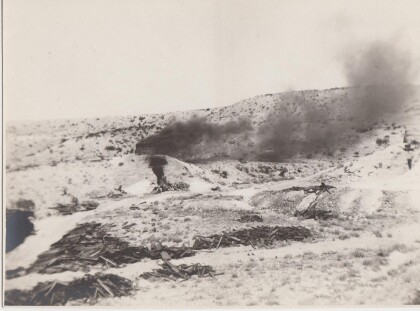
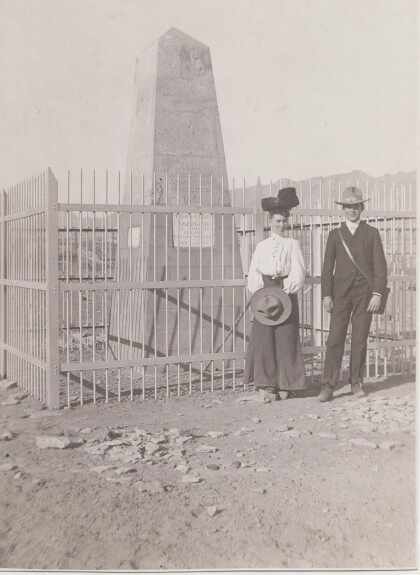
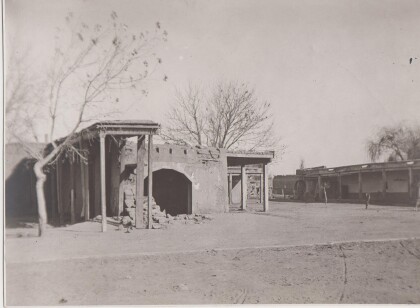
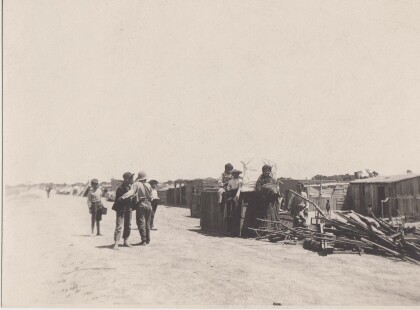
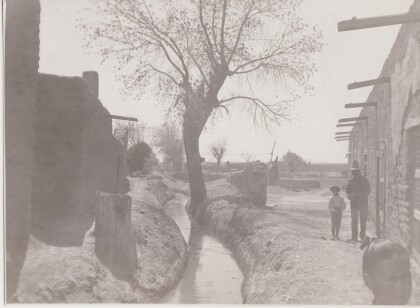
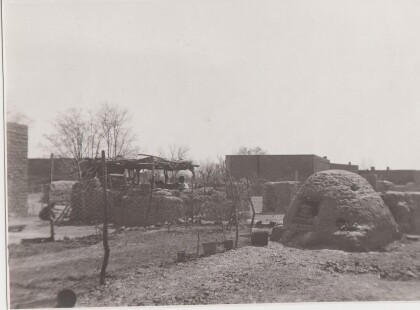
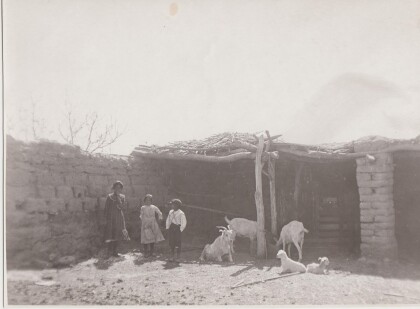
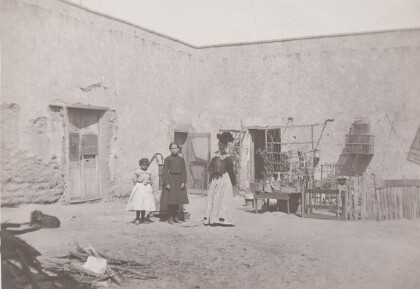
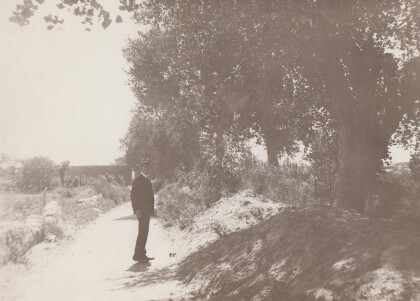
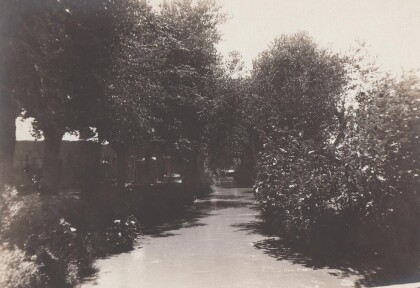
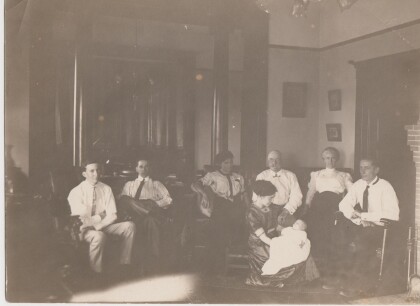
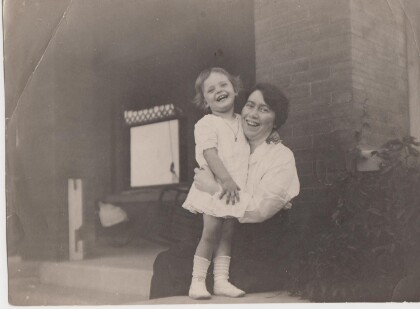
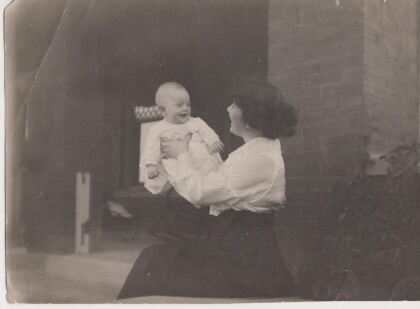
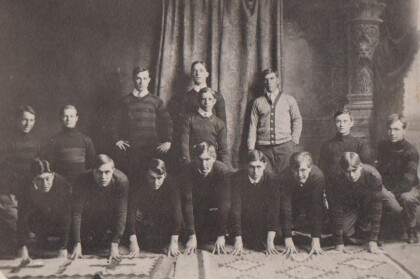
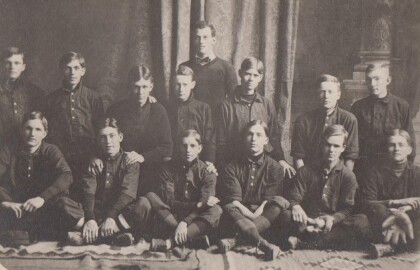
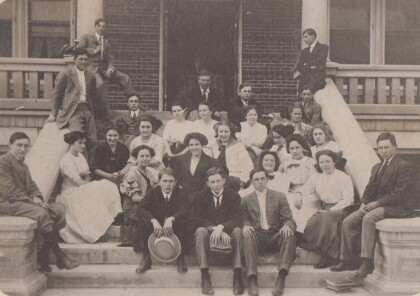
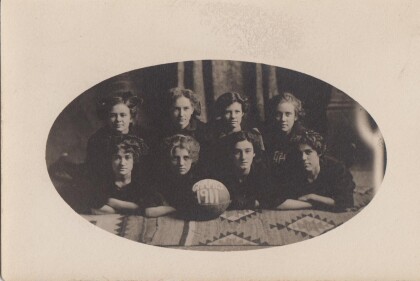
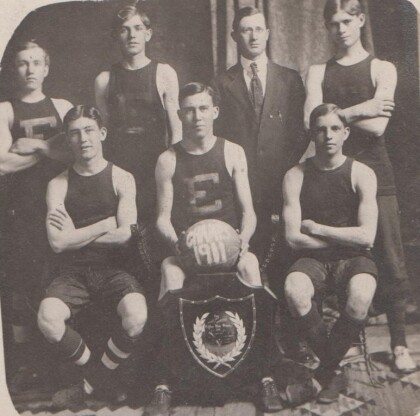
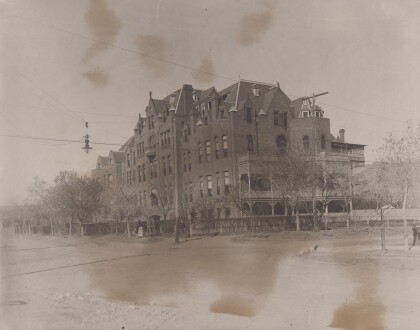
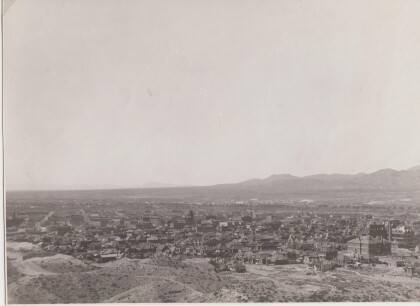
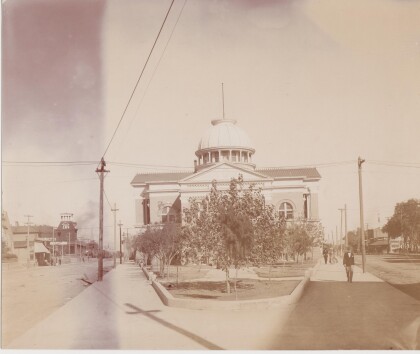
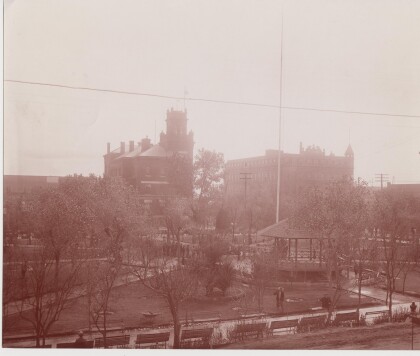
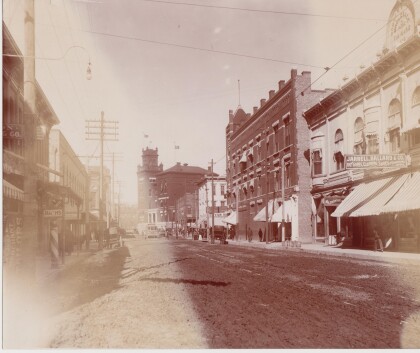
Comentarios
Hacer un comentario